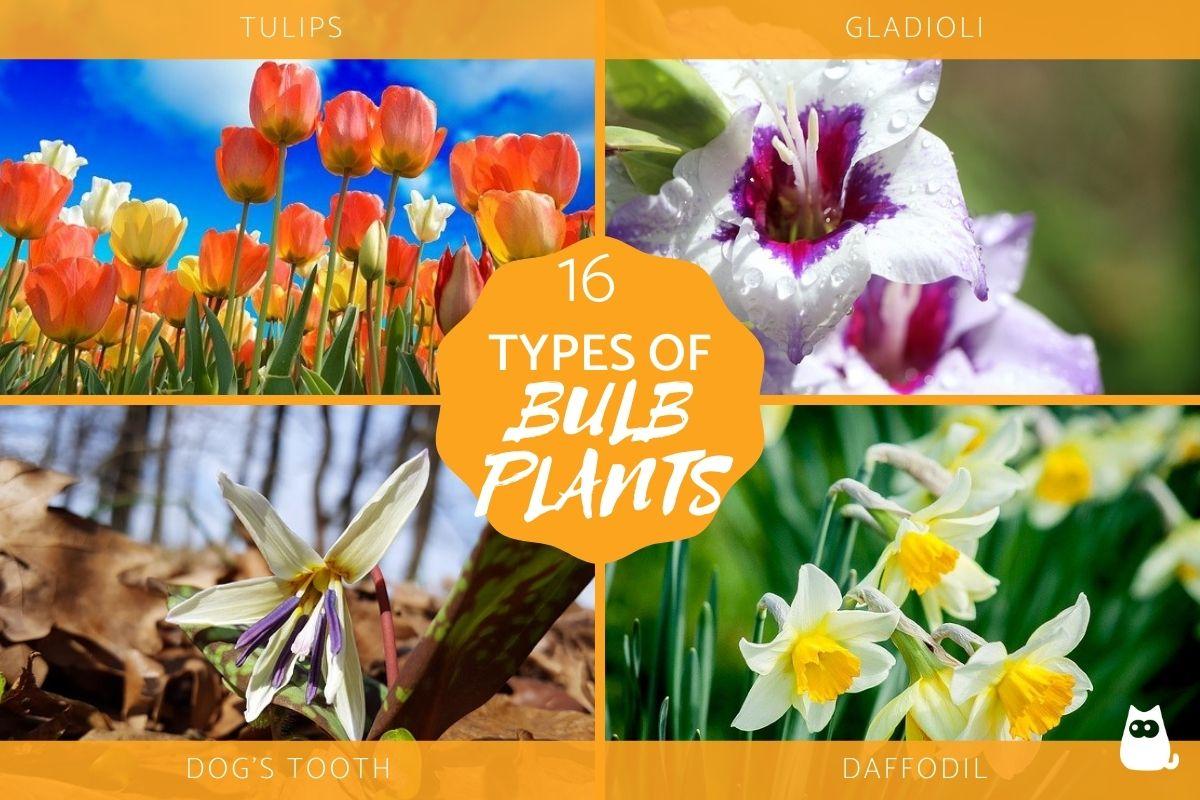Types of Bulb Plants - Names and Photos


Bulb plants have been able to evolve and adapt to climatic conditions. Such adaptation allows them to survive less favorable periods and to flower strongly when the climate is more suitable. The fact their water and food reserves are underground means they have a greater capacity to survive even when the environment and conditions are inhospitable.
If you want to know some of the best known bulbous plants and their names, do not miss the following article from oneHOWTO in which we share 16 types of bulb plants, providing names, characteristics and photos to see if they might suit your garden. Surely you will find one that you would like to have in your plant pots or garden.
- What are bulbous plants and their characteristics?
- Tulip
- Begonia
- Lily
- Garlic
- Onion
- Iris
- Dog's tooth
- Freesia
- Daffodil
- Dahlia
- Hyacinth
- Fire lily
- Gladioli
- Anemone
- Crocus
- Grape hyacinths
What are bulbous plants and their characteristics?
Bulbous plants are herbaceous plants that, instead of developing roots, develop a bulb from which roots will sprout. The bulb is a kind of nutritional reserve the plant holds underground to help the plant survive less favorable times. These are some of the characteristics of bulbous plants:
- They adapt their growth according to the season and climatic conditions.
- Due to the reserve of water and food that they have, they enter a kind of lethargy during the winter that then allows them to re-sprout strongly when spring arrives.
- Most of a bulbous plant will survive without the stem.
- Bulbs can be planted in water and in soil.
Some of the most famous bulb plants are those we might not even realise are a bulb. Below we look at some of the most common bulbous plants for your garden:
Tulip
The tulip flower is one of the most beautiful types of bulb plants. It comes from the lily family and can have many different colors.
This type of plant begins to flower in spring and prefers sandy and well-drained soils. When watering it, make sure that the water does not stagnate. If you want to keep the bulbs for a longer period of time, we recommend reducing watering after they bloom to prevent them from rotting.
Tulips are a type of plant that withstands the cold well. In fact, a little cold is good for their flowering, although they can also bloom in places where they get a lot of sun.

Begonia
The begonia is a bulbous plant with very showy and colorful flowers, and is one of the most used in decorative gardening on terraces and patios.
It is a type of plant that needs abundant watering during its flowering season and during summer. It is important that the soil is always kept moist, but not waterlogged. As part of the basic care tips, you should remember to prune them when the flowers and leaves are withered, and try to prevent seeds from forming.
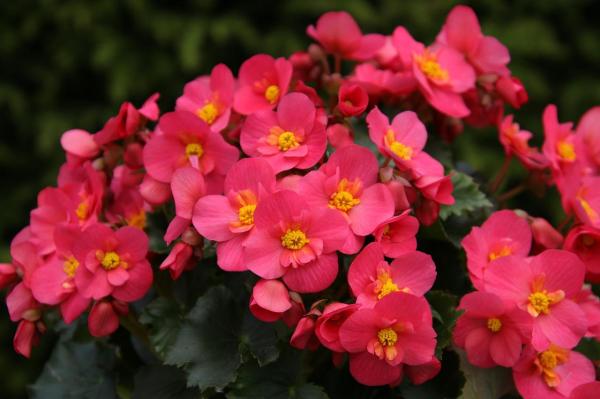
Lily
The lily flower is easily recognizable by its trumpet-like appearance and intense perfume. Don't be surprised if you see it at its most beautiful and fragrant at night, as it is at its best during these hours.
The lily is a bulbous plant that is sown in autumn and blooms between March and May. As for its care, the soil should be kept cool by watering it several times a week in summer and a little less in autumn. If you want to plant lilies, we advise you to do it between October and January. Plant the bulbs 10 centimeters deep, leaving a distance of approximately 15 centimeters between one bulb and another.
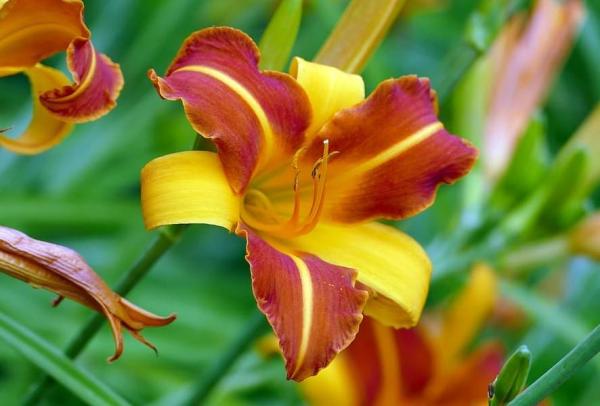
Garlic
Garlic is one of the most popular bulbous plants. We can find it in almost any kitchen in the world. To plant garlic it is necessary to have fertile soil. It can also be planted in a pot, but you will need to add a good amount of compost. It is usually planted in spring and harvested in autumn.
We recommend planting it in an area where it gets plenty of sun, and watering it frequently as it is a plant that needs moist soil at all times. If you want to plant garlic for cultivation, we recommend cutting the flower when it begins to sprout. This way the plant will focus on the production of the garlic bulb.
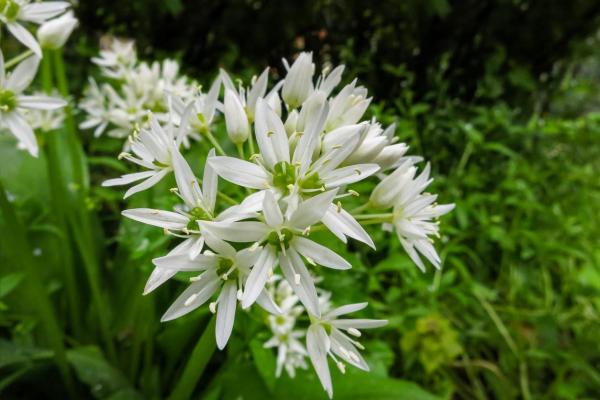
Onion
The onion is a bulb type plant whose scientific name is Allium cepa. It is a temperate climate plant so it needs heat for the bulb to develop well. Watering for the onion should not be abundant.
We recommend removing weeds and bending the stems before harvesting so that the bulb gets fat and does not flower. The onion should be harvested when the bulb is large and can be dug up.
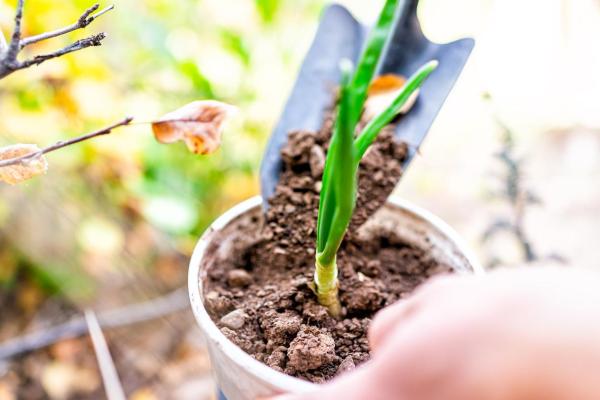
Iris
This plant comes from the iridaceae family and is known as the iris plant because it produces flowers of varied colors like a rainbow. It is a very similar flower to the orchid so they are sometimes confused.
This bulb plant needs little water and adapts well to both cold and warm climates. We recommend keeping the plant free of weeds and cutting off any fading flowers.

Dog's tooth
Dog's tooth is a bulbous plant of the lily family. It flowers in early spring and it needs a light, dry sandy soil in semi-shade for best growth. It needs regular watering and the most important thing is to always keep the soil cool, but not waterlogged.

Freesia
Freesia is a very aromatic bulbous plant with very decorative bell-shaped flowers. This bulbous plant grows best in shady or semi-shaded places where the flowers will not be spoiled by heat. We recommend that you fertilize it just before flowering in spring, and water it no more than 2 or 3 times a week.
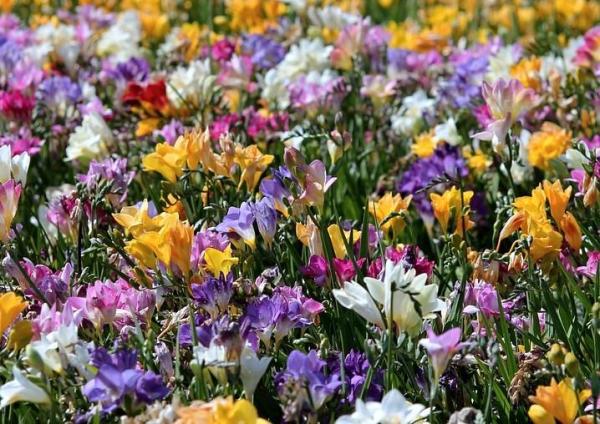
Daffodil
Narcissus flowers, also known as daffodils, have different colors, sizes and shapes depending on their variety. Although it is better to place this plant in an area with light and without direct sun, it generally responds well to different light conditions and also blooms in the shade.
Watering should be moderate, so as to maintain the soil moisture, and it should have good drainage to avoid waterlogging.
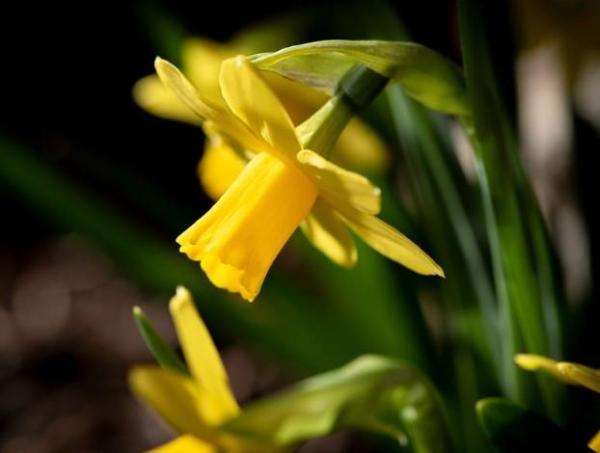
Dahlia
Dahlia is a flowering plant of the bulbous plant family with a striking appearance thanks to the numerous petals that shape its flower. It grows in warm climates, but flowering is interrupted by high temperatures. Its best season is from summer to late autumn.
It needs abundant watering, especially in the hottest days and is a plant suitable for indoors and outdoors. We recommend fertilizing it during the winter when it loses its leaves. Learn more about how to care for dahlias by clicking here.

Hyacinth
The hyacinth is another plant of the lily family widely used both indoors and outdoors due to its great beauty and aroma. Hyacinth blooms in spring and, during this time, the soil should always remain moist. To make sure that it does not lack water, you can place a small saucer with water under the pot. The flowers will last longer if you place it in a cool not too bright place so that the flower opens slowly.

Fire lily
With the scientific name Clivia miniata, this is a type of lily that is characterized by its colors of reddish, orange and yellow tones. Another characteristic feature is the fact that the bulb is able to regenerate after a fire, hence their name.
Bulbs are stored and sold in a resting state for planting in spring. The lilies should be left to die naturally, and the green leaves should not be cut off. When autumn arrives, the leaves and stem will turn brown, and then you can cut the lilies and add fertilizer to prepare the soil for the next bloom.

Gladioli
Gladioli can bloom all year round if growing in a temperate climate. They are very decorative and have a high number of diverse colors. These plants bloom better with more light, so they are most beautiful in summer. Watering should be abundant at the beginning and then more infrequent until the first buds appear. The ideal balance is to keep the soil moist without waterlogging it.
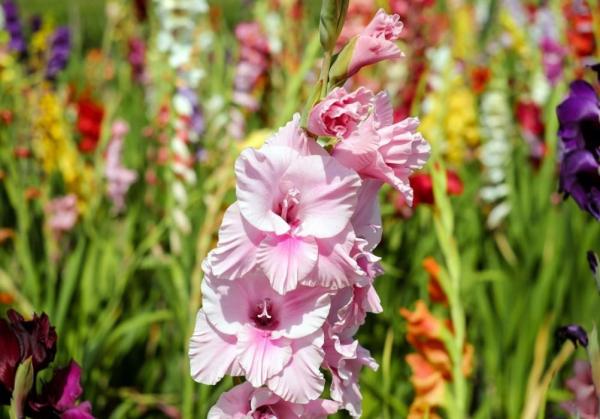
Anemone
The garden anemone is a bulb plant in the Ranunculaceae family that can reach up to two meters in height and blooms strongly in the fall. This family is known as the buttercup family, but they have more than just the golden buttercup variety.
It is a very hardy plant but its flowers are unable to handle direct sunlight, so it is recommended to keep it out of the sun. Garden anemone should be placed in a shady or semi-shaded place that helps it retain moisture.
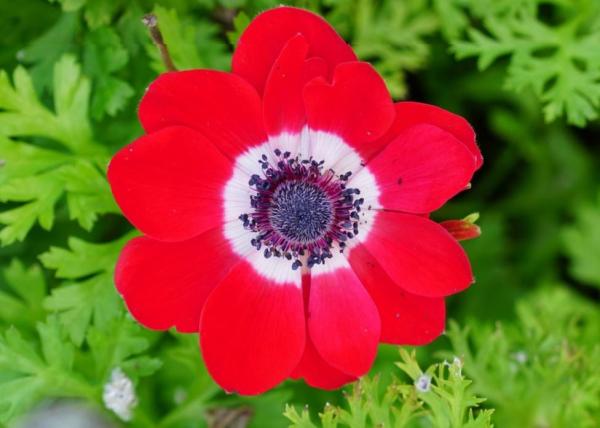
Crocus
This plant is popularly known as the crocus and is sometimes confused with Crocus sativus, the saffron plant. This is from the same genus, but is not the same plant.
This bulb plant is perfect for growing in pots and it flowers in spring. A single bulb can give up to 20 flowers but these flowers have a very short life lasting just several weeks. To ensure proper flowering it should be planted in autumn and the bulbs should be prevented from touching each other. The soil should be kept moist until the bulbs begin to grow.
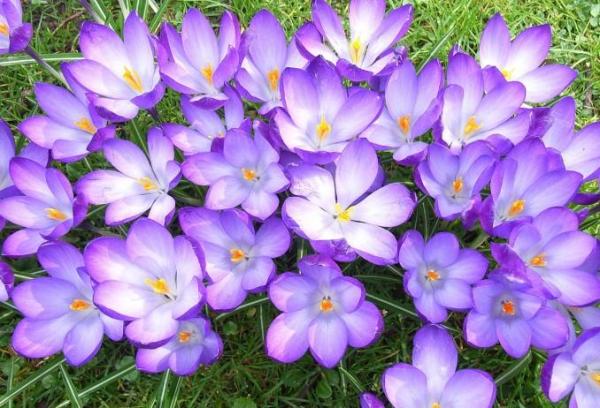
Grape hyacinths
Muscari neglectum, known commonly as grape hyacinths, are a plant in the lily family which is widely used for decoration because of its brightly colored flowers. The most common colors for this flower are blue, violet or white. They usually form in clusters so their appearance resembles a bunch of grapes, hence the name.
They usually grow between March and May and can be placed in sunny or semi-shaded areas. As for watering, they should be watered sparingly to avoid rotting the bulb or causing diseases.
Now that you know some of the best bulb plants to grow in your garden, you can take a look at our article on the best indoor plants for low light.
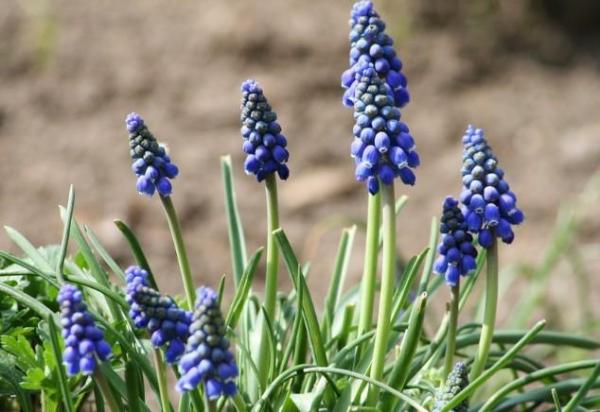
If you want to read similar articles to Types of Bulb Plants - Names and Photos, we recommend you visit our Gardening & plants category.




